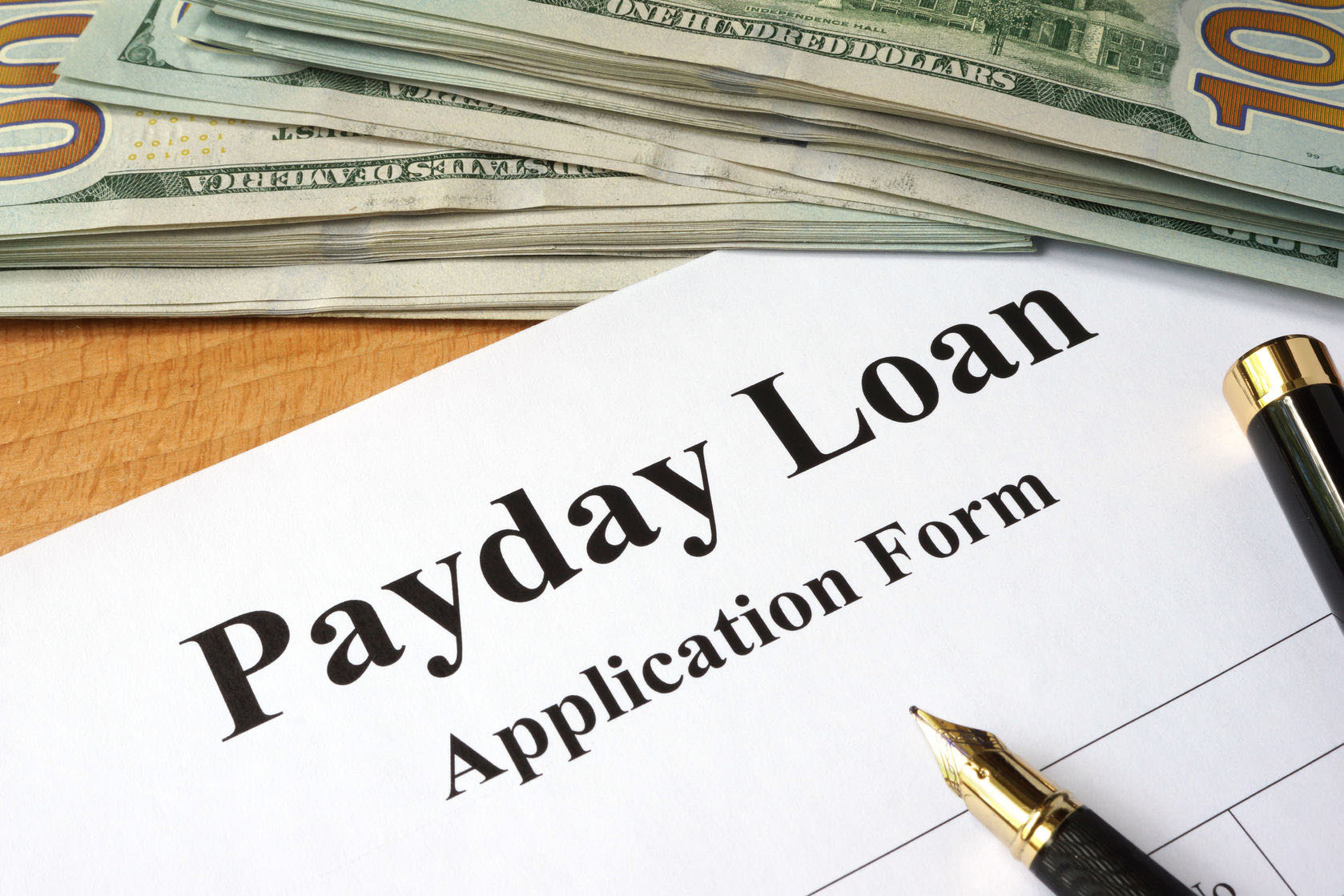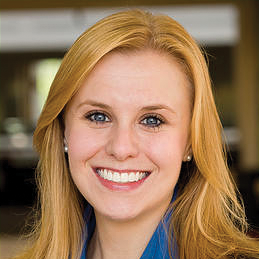Google certainly isn’t the only one to take aim at payday lenders. In June the Consumer Financial Protection Bureau sought to tighten restrictions on payday loans. Some states have banned the businesses altogether.
So what makes these loans, and those who offer them, so unsavory?
High-Risk, High-Interest
Consumer-advocacy and other groups argue that these lenders charge exorbitant interest rates. For example, a company may charge $15 or more for every $100 borrowed over a 10-day period. The Center for Responsible Lending found that, on average, payday loans carry an annual percentage rate (APR) of 391 percent. If borrowers cannot pay back the money on time, they can often “roll over” the loan, giving them more time – at added expense of course.
Wouldn’t you require a big potential payout to offset the risk of lending to low-credit borrowers?But it’s not just the interest rate and revolving debt that has people concerned – it’s also who pays the interest. Payday loans tend to be used by young and relatively uneducated individuals who rent their homes and earn less than $40,000. On average they take eight payday loans a year, shelling out some $7.4 billion.
While no one would suggest that using short-term loans to cover expenses is an ideal solution, what Google, lawmakers, and others fail to realize is that these companies provide a valuable service to thousands of Americans each year, whose alternatives would be worse. Denying people these financial services is likely to do more harm than good.
Individuals taking out payday loans are likely to have poor credit histories, and thus have few options when they need short-term financing. Most lenders, rightly seeing these individuals as high-risk borrowers, refuse to loan them money. After all, these borrowers are much more likely than others to default on their loans. A third of payday borrowers defaulted within six months of taking out loans. Nearly half – 46 percent – defaulted within two years.
Payday lenders, however, are willing to take the risk – if adequately compensated.
In this light, the high interest rates seem much less nefarious. Imagine you were faced with such a borrower. Wouldn’t you require a big potential payout to offset the risk?
While some may accept that a higher interest rate makes sense, others are quick to demonize payday lenders as exploiters. So lawmakers and consumer advocates propose caps on interest rates.
Why the Ban Hurts Borrowers
Payday lenders’ average profit is 7.6 percent. Starbucks’ is 9 percent.First, despite these high rates, profit margins for payday lenders are less than impressive. One study found the average profit earned by payday lenders to be about 7.6 percent. The average Starbucks franchise earns about 9 percent. So it’s difficult to argue that these high rates translate into exorbitant, exploitative profits.
Second, the call to cap interest rates fails to recognize the unique nature of payday loans. That average APR of nearly 400 percent reflects interest rates on an annual basis. But the average payday loan is for two weeks. Compared to other loans, like a traditional 30-year mortgage, the annualized rate of a short-term loan looks outrageous. But it’s not an apples-to-apples comparison.
Perhaps the most important thing to keep in mind is that people choose payday loans because they see them as their best option in a pinch. Payday lenders are willing to risk their money on people to whom most of us wouldn’t lend a cent. Caps on interest rates or tighter restrictions would make lenders more selective about their customers, leaving many desperate people with even riskier or more expensive options, like online peer-to-peer lending—or loan sharks, which not only charge high interests rates, but often use violence to collect unpaid debts.We can all agree that no one would borrow from a payday lender if they were in good financial condition; for such people, better options are available in an emergency. So we’d do well to realize that taking the payday-lender option away harms only the most vulnerable people, who will have no choice but to turn to far less attractive alternatives.









